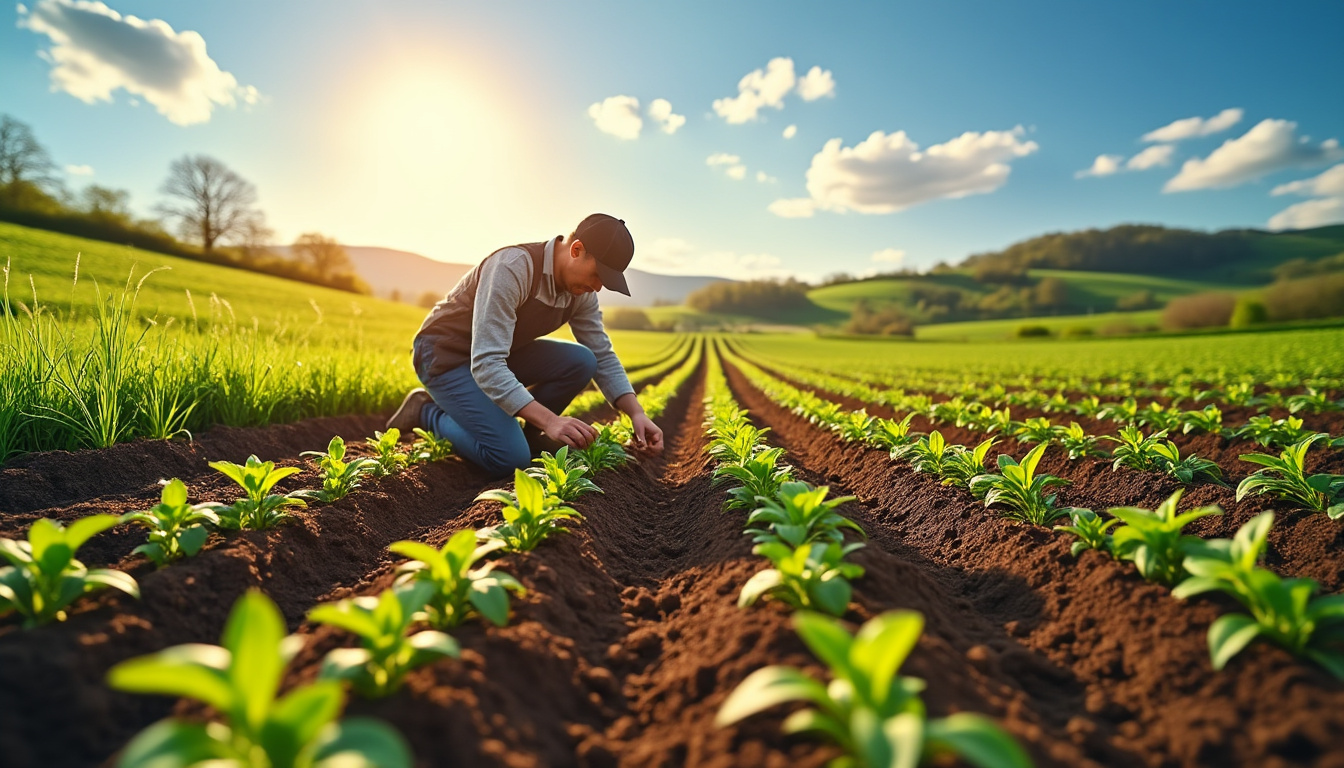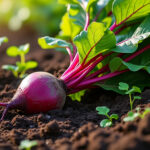Potatoes are a versatile kitchen staple, cherished in various culinary forms, from creamy mashed potatoes to crispy fries. Growing these nutritious tubers offers a rewarding gardening experience, especially when choosing unique varieties like pink, purple, and red potatoes that are rarely available in grocery stores. Cultivating your own potatoes not only enhances their flavor and nutrition, but it also offers the thrill of producing bountiful harvests at a minimal cost. To maximize yield and quality, understanding the optimal planting time for main crop potatoes based on climate and geography is essential.
Understanding the Importance of Planting Timing for Potatoes
Timing is a crucial element in potato cultivation. Planting potatoes too early can expose them to frost damage, while late planting may hinder tuber development due to insufficient growing days. Ideally, potatoes flourish when planted at the right time during the growing season, ensuring they thrive in suitable soil and weather conditions.
Frost-Free Dates and Their Role
Potatoes are sensitive to frost, necessitating careful timing in planting. To protect young plants, it is best to plant them 2-4 weeks past the last expected frost date in your region. This proactive measure helps to safeguard the plants from unforeseen cold snaps that could adversely affect foliage and tubers.
| Climate Zone | Best Planting Time | Varietal Recommendations |
|---|---|---|
| Zones 2-4 | April to May | New Potatoes, Yukon Gold |
| Zones 5-6 | March to April | Red Bliss, Russet Burbank |
| Zones 7-8 | February, August-September | Fingerlings, Purple Majesty |
| Zones 9-10 | January, October-November | Storage Varieties |
Preparing the Soil for Successful Potato Growth
Preparation of the soil is essential for encouraging healthy potato growth. Potatoes thrive in loose, well-drained soil with a slightly acidic pH of 5.8 to 6.5. Enriching the soil with organic matter like compost enhances fertility and improves drainage, setting the stage for vibrant growth.
Soil Testing and Improvement
Using a soil testing kit to determine pH levels is a proactive measure for achieving the right soil conditions. If the pH is too acidic, lime can be added to raise it; alternatively, sulfur can lower it if too alkaline. Additionally, incorporating several inches of compost or aged manure before planting boosts the nutrient content of the soil.
| Soil Preparation Step | Purpose |
|---|---|
| Test Soil pH | Ensure optimal nutrient availability |
| Add Organic Matter | Enhance soil fertility and drainage |
| Loosen Soil | Create space for tuber growth |
Maximizing Yields with Timely Planting Methods
Adopting proper planting techniques significantly influences yield. In general, main crop potatoes require a growing period of 60 to 120 days based on the variety. Early planting in spring is recommended for northern regions, ideally placing seed potatoes in the ground 2-4 weeks before the last frost. Conversely, southern growers benefit from a fall planting schedule to utilize milder conditions as summer heats up.
Chitting Seed Potatoes for a Head Start
Chitting, or pre-sprouting, seed potatoes indoors can offer a significant advantage. This process breaks dormancy and prepares the potatoes for a more vigorous start once planted outdoors. It’s advisable to start chitting 1-3 weeks before the intended planting date.
| Chitting Method | Benefits |
|---|---|
| Use egg cartons or crates | Encourages healthy sprouts |
| Provide indirect light | Promotes strong growth |
| Monitor temperatures | Aids in sprouting success |
When to plant forget-me-nots for optimal growth
Key Factors Influencing When to Plant Potatoes
Several additional considerations impact the ideal time to plant potatoes, including soil temperature, moisture levels, and regional climate. Monitoring these factors helps ensure healthy crops. Potatoes generally flourish when the soil temperature is between 40°F to 45°F (4°C to 7°C), necessitating accurate soil temperature checks.
Accommodating Climate Conditions
Different climates impose specific planting schedules, and growers must adapt their approach accordingly. In cooler climates (Zones 1-4), it is advisable to plant potatoes only after the threat of frost has passed, typically from late April to early May. Meanwhile, warmer climate regions can plant earlier, leveraging longer growing seasons with additional flexibility.
| Climate Condition | Impact on Planting | Recommendation |
|---|---|---|
| Cold Conditions | Delay growth; risk frost damage | Plant in late April |
| Moderate Conditions | Early planting possible | Late March recommended |
| Warm Conditions | Longer growing seasons available | Fall planting ideal |
Frequently Asked Questions
Q1: What is the best time to plant potatoes in colder climates?
A1: In colder climates, the optimal time to plant potatoes is usually 2-4 weeks after the last frost date, around April to May.
Q2: Can potatoes be planted in the fall for winter harvest?
A2: Yes, in warmer climates (Zones 8-11), potatoes can be planted in late fall, around November to December, allowing for a winter harvest.
Q3: How deep should seed potatoes be planted?
A3: Seed potatoes should generally be planted at a depth of 4-6 inches, ensuring the eyes are facing upward.
Q4: What is the ideal temperature for planting potatoes?
A4: The ideal soil temperature for planting potatoes falls between 40°F and 45°F (4°C to 7°C).
Q5: How does soil moisture affect potato growth?
A5: Potatoes require consistent moisture to grow optimally; too little or too much moisture can adversely affect their development.















